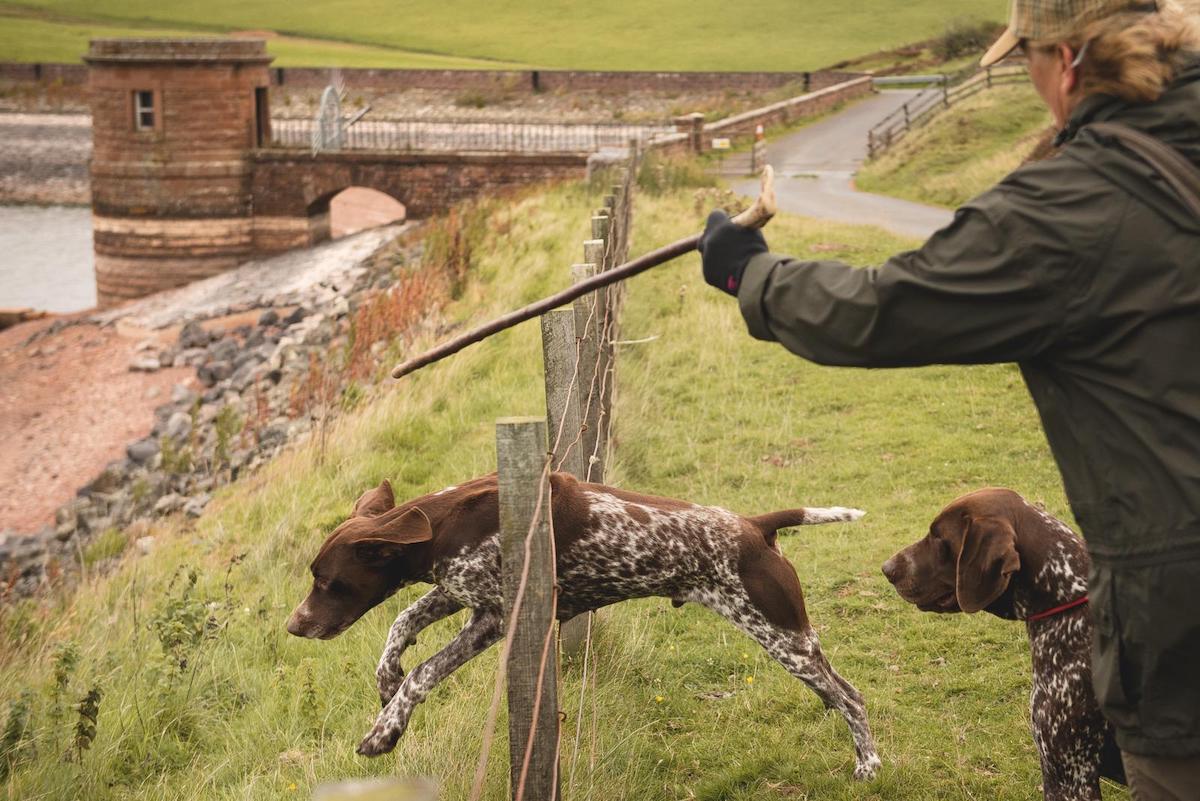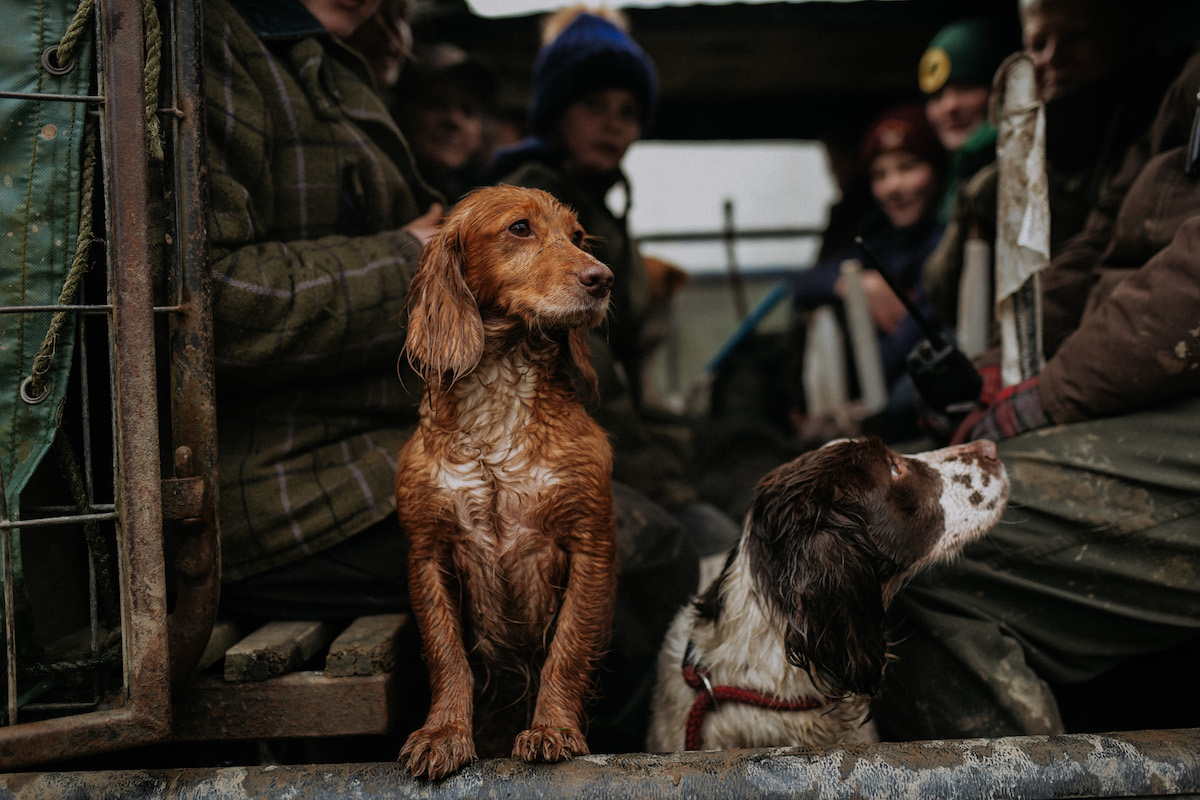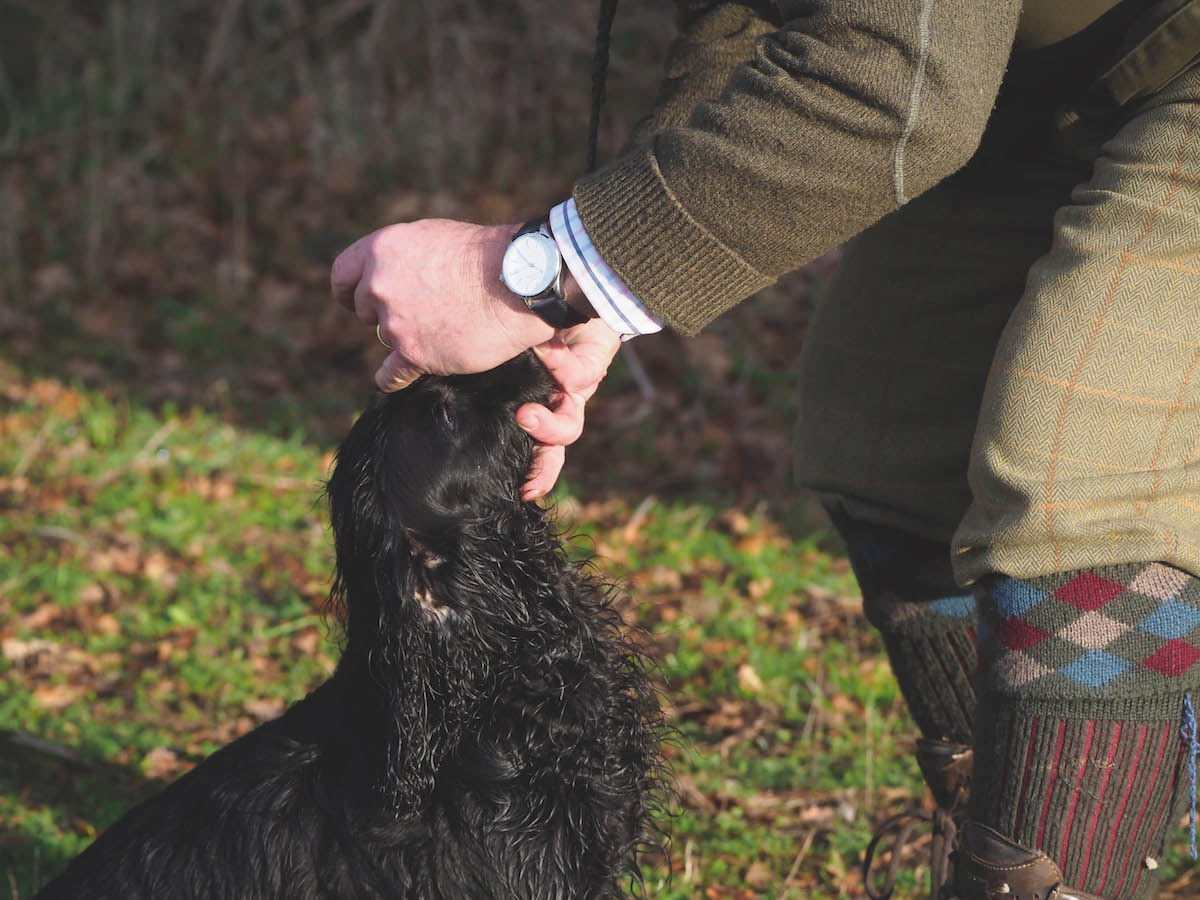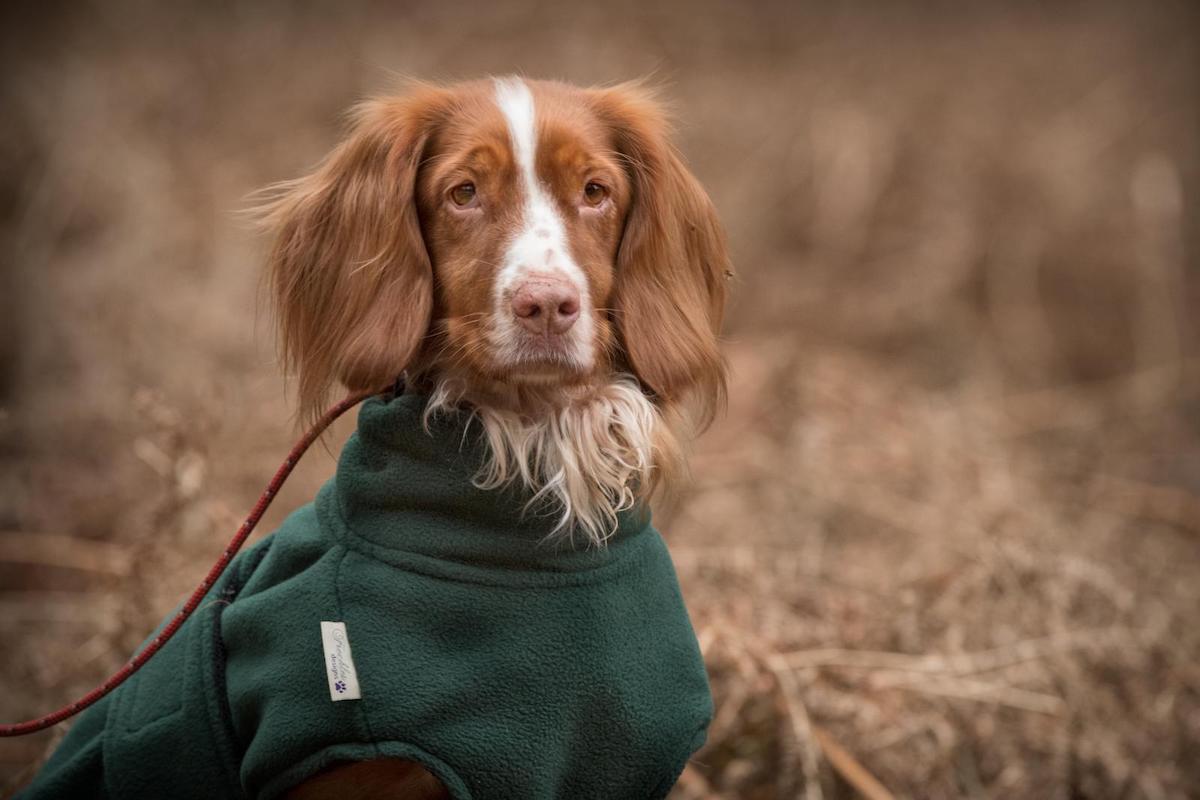Tail docking in dogs: is it legal? Which breeds can be docked?
Is it cruel to dock a dog's tail? Why get it done anyway?

Certain species of working dog can be legally docked
Tail docking and the law in England and Wales (more on Scotland below)
- Tail docking was banned in 2007 in England and Wales following the Animal Welfare Act 2006. Read the section on tail docking here.
- In England puppies can have tails docked if they are one of the following listed breeds: HPR breed of any type or combination; spaniel of any type or combination of type; terriers of any type or combination of type.
- In Wales cross breeds cannot be docked, only individual pure breeds.
- A vet has to confirm the breed and see the mother of the litter before the dog is docked.
- Legally only a registered vet can carry out tail docking.
- Puppies will be issued with a signed certificate by the vet who carried out the procedure.
- Puppies must be docked before they are five days old. This is because bones are still soft and the nervous system is not yet fully developed.
- Leave plenty of time to organise docking with your vet, before the whelping date.
- The vet will ask you to sign a statement confirming that the dog whose tail is to be docked will be used for one of the following: a) law enforcement; b) activities of HM Armed Forces; c) emergency rescue; d) lawful pest control; e) the lawful shooting of animals.
- Once the five-day time limit is up, the puppies cannot be docked.

Cocker puppies with docked tails
What is the definition?
Tail docking means that part of a dog’s tail is removed. The procedure cannot be carried out for cosmetic purposes.
Why get a dog’s tail docked?
There are different reasons for tail docking.
The procedure is carried out on some working dog puppies under five days old to prevent damage in their working life. This is known as prophylactic (protective) tail docking and anaesthetic is not necessary because the puppy does not have a fully developed nervous system. The puppy will feel only momentary discomfort and quickly falls asleep or feeds again from its mother once it is placed back with the litter. (Read our advice on checking up on a pedigree.)
On other cases, a dog may need to have its tail docked due to injury, tumours or other diseases. This is done under a general anaesthetic and is known as therapeutic tail docking.
Tail docking is tightly regulated in the UK and in England puppies over five days old have to be administered pain relief. Vet Neil McIntosh says: ” I have witnessed puppies having their tails docked at a few days old and I have seen the awful consequences of traumatic tail damage to adult dogs that subsequently required amputation under general anaesthesia.”
What about docking spaniels?
A survey in Veterinary and Comparative Orthopaedics and Traumatology published in 2008 stated: “There was a highly significant association between tail injuries and undocked Springer and Cocker Spaniels. (Full citation and paper here.)
Vet Paul Rawlings comments on spaniels: “In my experience, if a dog has a very fast tail action then no matter how long or short the tail, damage occurs. Another factor that can cause tail damage on a spaniel is the amount of coat or feathering on the tail, and most of those springers I have seen with severe damage had poor feathering, offering little protection.”
When choosing a spaniel puppy beware of tails docked too short — there should be about one third left.

An undocked working dog with a tail injury

HPR breeds can have tails docked legally
Working dog proof
To dock a dog, the breeder has to prove that the dog owner will be using the animal for work in connection with lawful pest control. They will have to supply a shotgun or firearm certificate issued to the owner of the dog (or to the agent/employee of the owner).
Or the breeder will need a letter from a gamekeeper, land occupier (or his agent), a person with shooting rights or a shoot organiser, etc. in which the writer states the owner of the dog to be docked is known to them, and that dogs bred by that breeder have been used on their land or shoot. The vet must obtain a signed statement from the breeder/owner to say the puppies are of the relevant type and will be sold for the above purposes.

The owner will have to prove that the dog works
Veterinary procedure
It is best for the vet to carry out a home visit to dock tails. This will avoid the extra risk of infection and prevent the stress of a car journey. Most bitches with a young litter are protective of their puppies, so it’s wise to put her in another room or ask somebody to take her around the garden so the vet can carry out the procedures quickly and calmly.
The vet will perform the tail docking with surgical scissors or a scalpel. Stitches are rarely needed. Sometimes a vet will apply an anti-coagulant to the tail end but most prefer not, choosing a more natural alternative such as witch hazel. It’s usual within five minutes of the entire litter being docked for mother and pups to be asleep in a warm pile without a murmur.

Tail docking prevents an animal from injuries like this
What is the law on docking in Scotland?
Tail docking was illegal in Scotland until 2017 but the ban was then altered to allow vets to shorten the tails of working spaniels and HPR breeds by a third.
The decision was greeted with welcome by those involved with working dogs. Scottish Gamekeepers Association chairman Alex Hogg said the result was “recompense for all working spaniels and HPRs that have had to endure 10 years of painful injuries”. However animal welfare charities said they were saddened by the decision.
Mr Hogg addressed these negative comments, stating: “Some have conflated tail shortening with full tail docking, which leaves dogs with only a stump. This is the opposite. It is a quick, preventative procedure protecting the animal over its whole working life, leaving it with an expressive, waggy tail.”
Alan Marshall, a vet and a member of BASC’s Scottish committee, agreed: “A great many country sportsmen and women with working dogs will welcome the long-awaited decision to reintroduce tail shortening for the working spaniel and HPR breeds.”
Those who break the law in Scotland face a possible fine of £5,000 and/ or six months in jail. It is also an offence to transport a puppy out of Scotland solely for the purpose of docking its tail.

Spaniels working in thick cover are at risk of injuring their tails if undocked
Working dogs with docked tails
A: The obvious option to continue working and avoid further dog tail injury, is to use him relatively infrequently, say weekly rather than daily or every other day, and either confine yourself to areas where there is least risk of injury – avoiding dense cover, thorn bushes and brambles and so on – and/or try a protective bandage. (Read more on first aid for dogs in the field.)
Repetitive minor trauma, as well as overt injury, can lead to tail damage so if the former is the problem, less frequent work gives the skin some time to recover. If you want to try a protective bandage, be sure to cover the whole tail and use an cohesive bandage – something like Vetrap or Elastoplast, which will stick to itself. Start by holding the bandage under the tail between finger and thumb, using your left hand if right-handed, with the sticky side towards the tail. Take the bandage straight down the tail around the tip and up to where you started. Twist the bandage and come back down the tail and back up again with overlapping turns, trapping tail feathering under each overlap to help secure the bandage.
It is quite possible of course, that a spirited dog which likes nothing better than plunging through brambles and thorny patches will return with the carefully applied bandage in tatters. Should that happen , console yourself, at least you have evidence to demonstrate to your vet that the dog is likely to continue damaging its tail.








